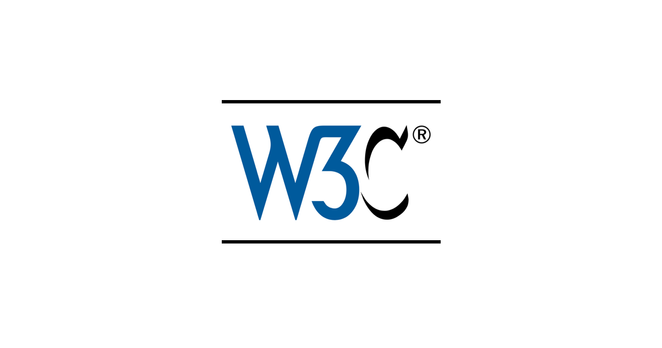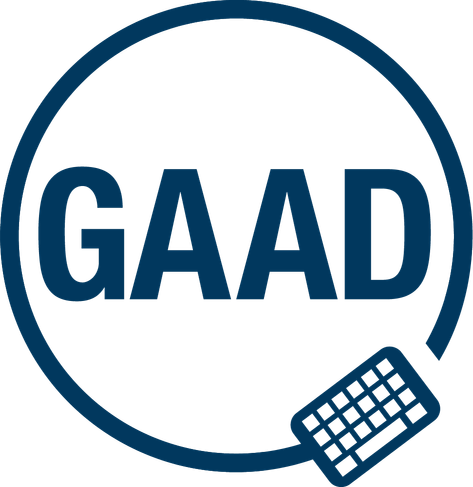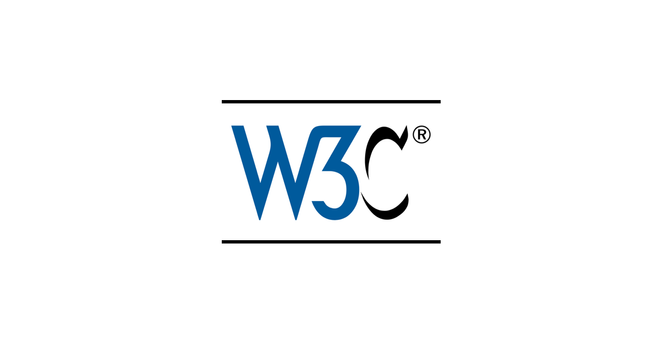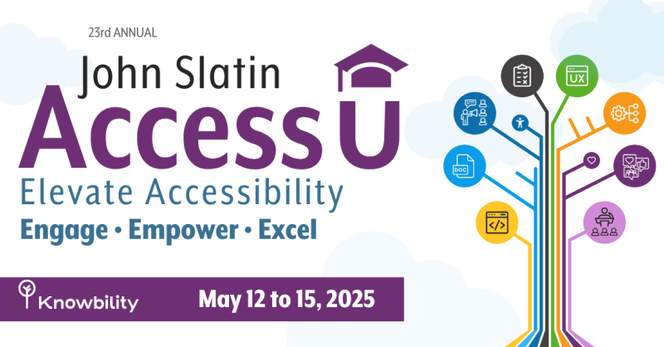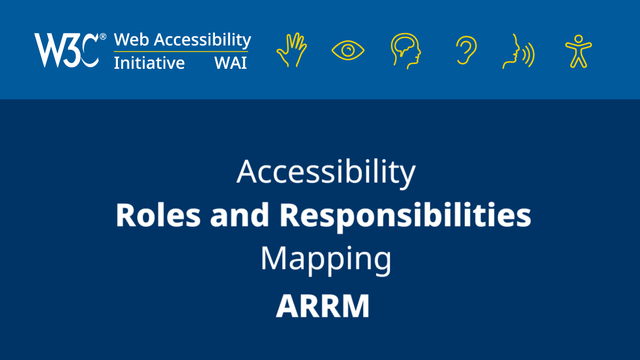W3C Accessibility Specialist Daniel Montalvo will be at the Inclusive Africa Conference 3–5 June 2025.
Daniel’s sessions are available free for remote participants:
- 12.10pm (EAT), 3 June: Global Implementation of Accessibility
- 2.40pm (EAT), 3 June: Roundtable on Developing Africa’s Digital Accessibility Standard
Registration: https://kutanaevents.com/events/inclusive_africa_conference
